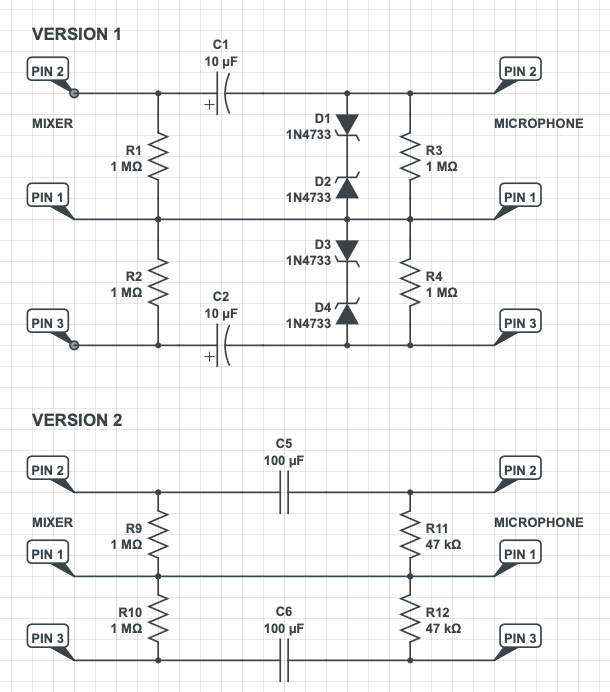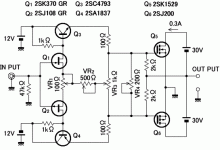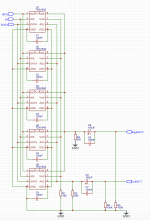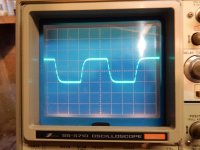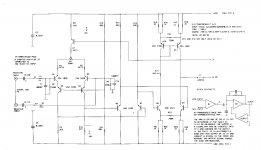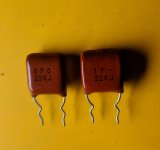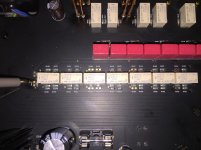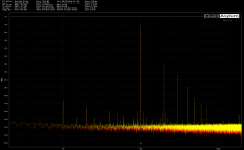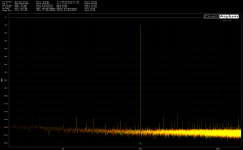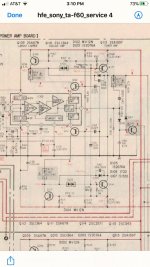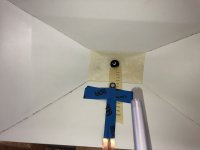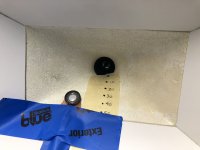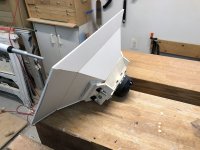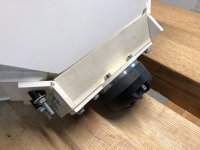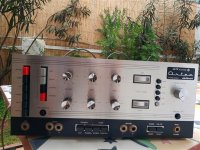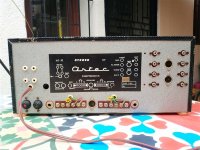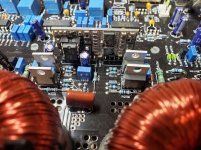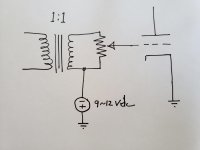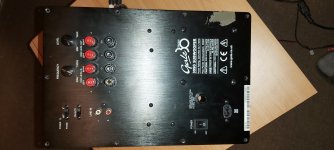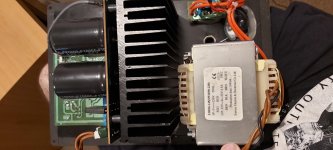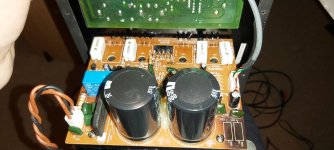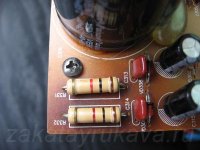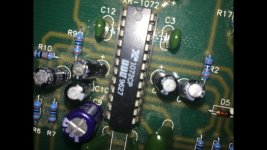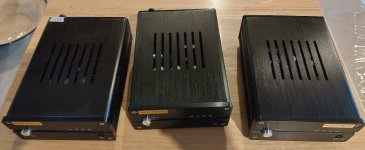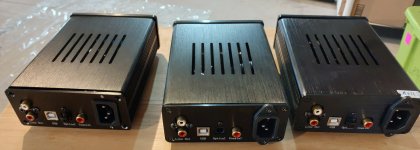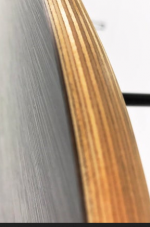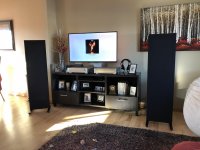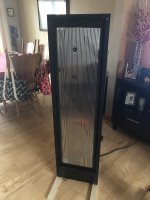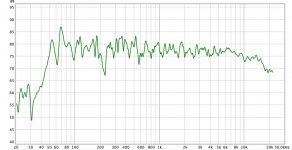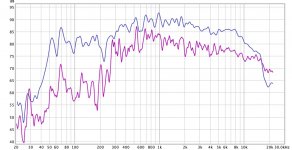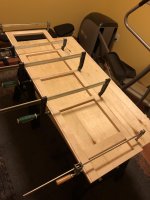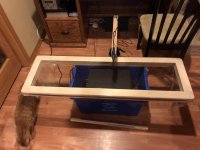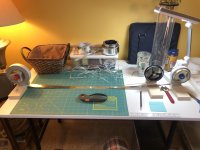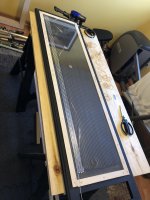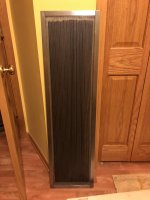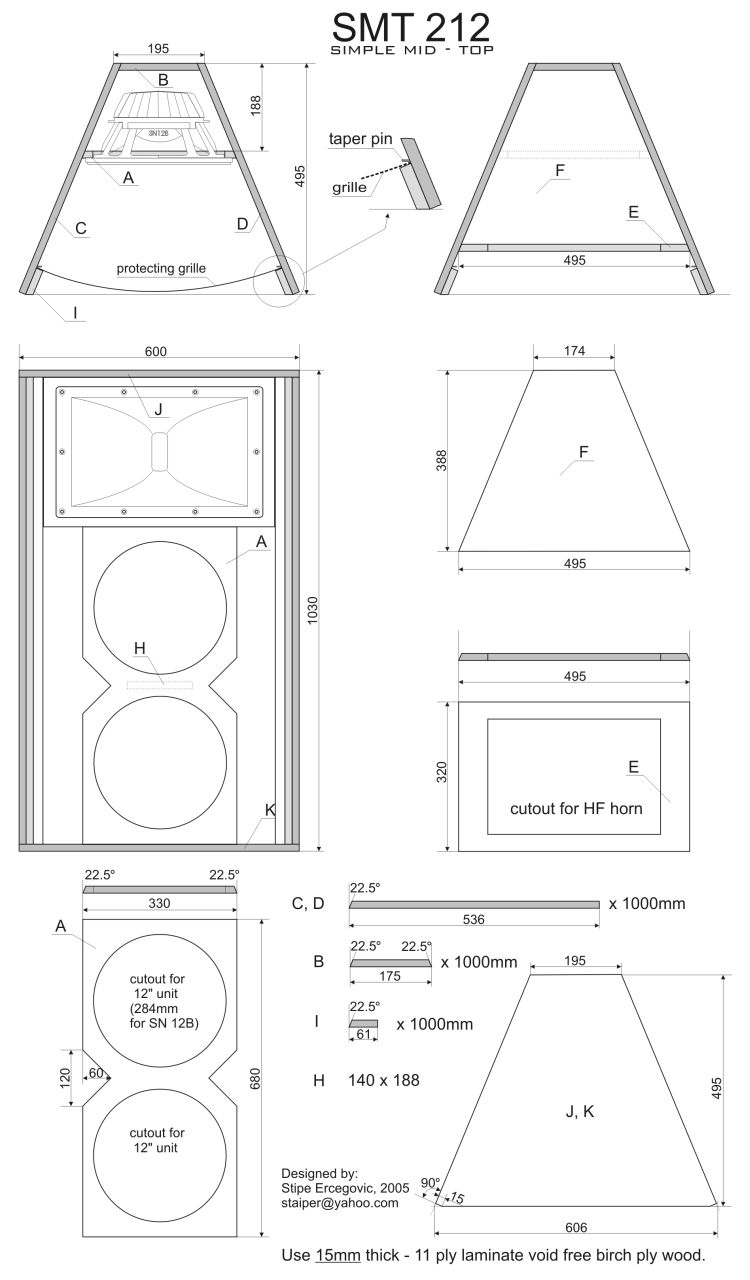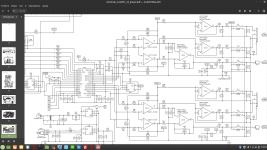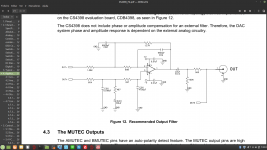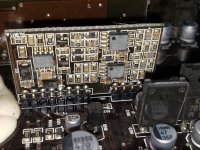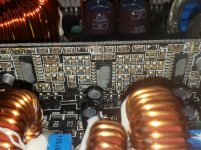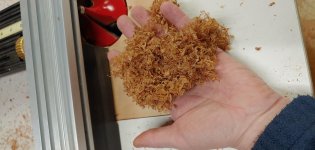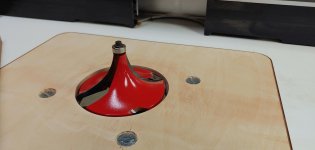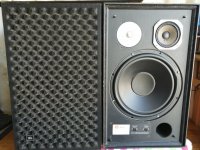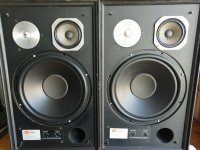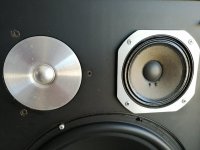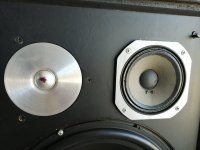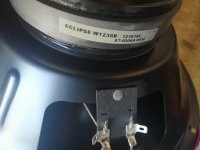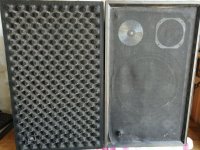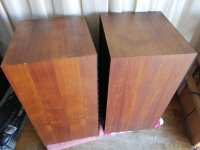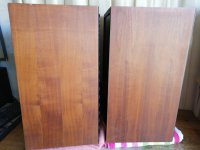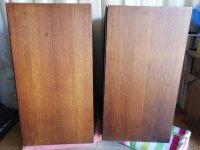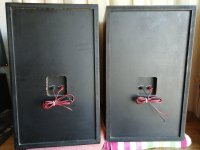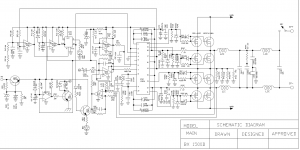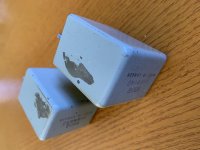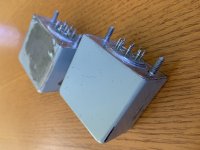Hello all, I've been bitten by the horn bug and have decided to repurpose my 4 Peerless SLS 830669 - 12 in as the bass section of a Cornwall/La Scala/JubScala inspired build.
I have built a couple of speakers but am a neophyte and am hoping the collective wisdom of the group will point me in the right direction.
I have a few questions with regards to how I should set up the speakers.
The simplest route would be to build a simple box for them. Either ported or sealed. The specs suggest for a:
Sealed Box - 3 cubic feet, F3 of 40Hz
Vented Box - 4.5 cubic feet, 3" vent by 5" long, F3 of 30Hz
If I have 2 speakers per box do I keep to these volumes?
If not, how much larger do I make them?
A Cornwall is basically a big ported box with 2 horns stuck inside
(Which has uhhh....polarized the debate as to their appropriateness)
Following that train of thought, my concern is that horns are fast.
Will the above setup be too slow? Will it not integrate well?
Could I set the Peerless drivers up in some sort of folded horn arrangement? If so, what dimensions would I use? I don't mind big. Basically I want it all, deep fast bass and if the compromise is horn size, (without it taking up half my room) I can live with that. Let's say I'm willing to live with 2 fridges IF the performance follows suit.
My next question deals with horn driver suggestions.
Can I get away with a 2 way like a JubScala
(The best kind of crossover is the one that isn't there (0 problems with that one))
Suggestions for affordable compression drivers that could pull this off?
The nice thing about the Peerless drivers is that they will play fairly high up so perhaps this will let me find a suitable driver more easily.
If I decide to go 3 way, I've heard good things about the Selenium D250X midrange driver and Selenium D220Ti for tweeters.
Can anyone comment on their application in this instance?
Other suggestions?
What about waveguides?
Should one go letterbox shape, square, round? any models or plans I could base myself off? Do I make these of wood, fibreglass, purchase them?
As far as crossovers go, I haven't made up my mind yet. I may go active as I love the freedom it gives.
*Image is meant as a starting point. I will probably keep the bass units in their own enclosure and position the horns on top unless someone can give me good reason to put them inside the box.
Thank you in advance for all your great ideas.
Andre


